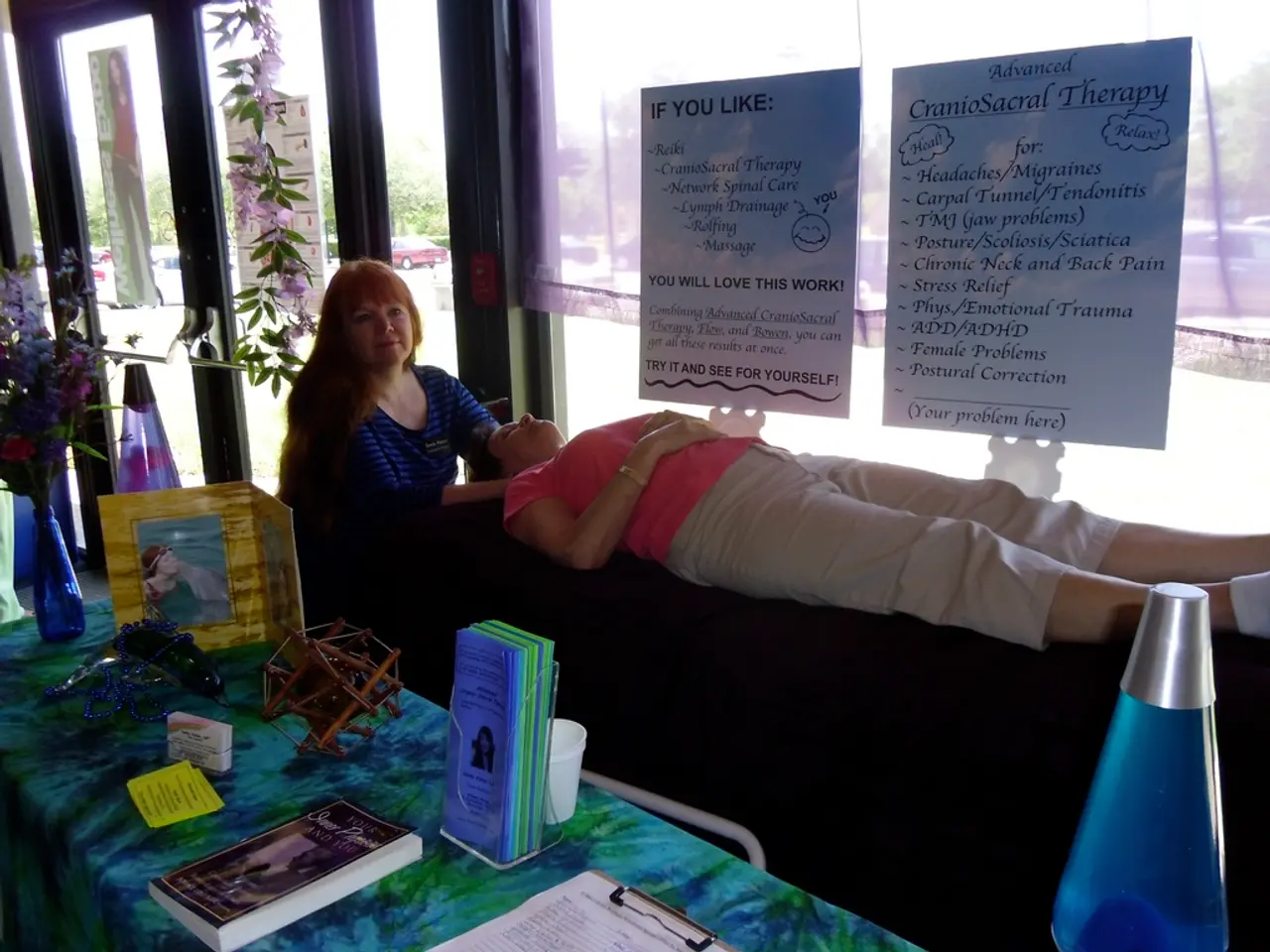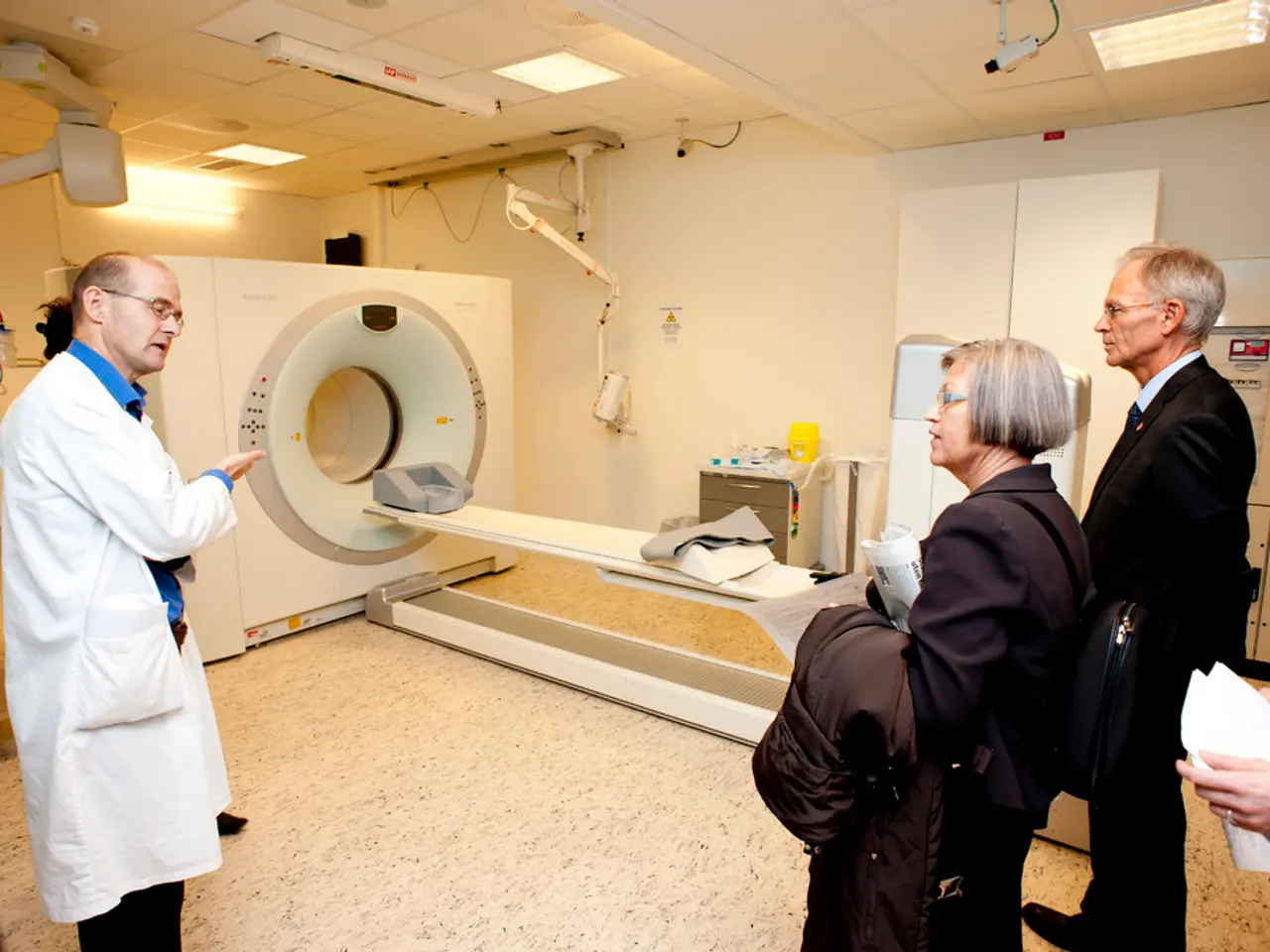Occupational therapy: Definition, target clientele, and additional details
In the realm of healthcare, two therapies often come under the spotlight: Occupational Therapy (OT) and Physical Therapy (PT). While both share some similarities, they differ significantly in their focus and goals.
Occupational Therapy (OT) is primarily concerned with enhancing a person's ability to carry out daily living activities and regain independence. This could range from dressing, cooking, and work-related skills, to participating in social situations, hobbies, or sports. In contrast, Physical Therapy (PT) focuses on improving mobility, strength, and physical function, with the aim of restoring movement and relieving pain after injury or surgery.
The scope of treatment in OT often emphasises fine motor skills, particularly in the upper extremities, and addresses cognitive and sensory challenges. PT, on the other hand, treats broader physical mobility issues, including the spine, hips, knees, feet, and ankles.
The goal of OT is to enable meaningful participation in everyday activities by adapting tasks, environments, or tools when needed. PT, however, aims to restore movement patterns, improve muscle strength, balance, and reduce pain for better physical functioning.
Common conditions treated by OT include stroke, diabetes, chronic pain, arthritis, Alzheimer’s, autism, and amputations affecting functional daily use. PT, on the other hand, typically deals with sports injuries, surgery recovery, arthritis, hip/knee/foot injuries, back and neck pain, among others.
Both therapies use evidence-based methods such as stretching, strengthening, balance training, manual therapy, and patient education. However, the emphasis differs: PT focuses on physical capacity, while OT focuses on practical daily function.
Occupational therapists work with people of all ages and backgrounds, providing practical advice and support to help people carry out their daily activities. They may recommend special equipment, such as eating aids or a wheelchair, and help people learn to use it. Physical therapists prescribe specific exercises and provide hands-on care to improve a person's movement and quality of life.
A doctor might refer someone to an occupational therapist if they have acquired a disability, are recovering from a medical event, or have had an operation. Both therapies operate in various settings, including specialist centres or hospitals, schools, nursing homes, or health services.
In conclusion, while both PT and OT share some techniques, their primary focus and goals differ. PT centres on improving how well your body moves, while OT focuses on how well you can perform meaningful daily tasks with those movements. If you want to recover strength or mobility after an injury, PT is typically the path. If your goal is to regain independence in daily life activities and work, OT is often more appropriate.
- Predictive analytics in health-and-wellness and mental-health sectors could provide beneficial insights, as occupational therapy (OT) and physical therapy (PT) often involve dealing with conditions like stroke, chronic pain, arthritis, and diabetes.
- Given the distinguishing priorities of therapies and treatments, one may consider a combination of physical therapy (PT) and occupational therapy (OT) for individuals with conditions like depression, disability, and mobility issues, as PT focuses on physical capacity, while OT focuses on practical daily function.
- With the aim of reducing the severity of depression and promoting better health and wellness, predictive scientific research can potentially develop novel therapies and treatments that cater to both OT and PT techniques for holistic patient care.
- Developing new therapies and treatments based on evidence-based science could significantly improve the quality of life for individuals who have undergone surgeries, sports injuries, or mobility-related disabilities – offering new hope in the realms of mental and physical health.
- Working closely with therapists across various disciplines, such as physical therapy, occupational therapy, and mental-health services, may enable healthcare providers to offer more comprehensive approaches to treating depression and related disabilities and mobility issues, ultimately enhancing overall health and wellness outcomes for their patients.




